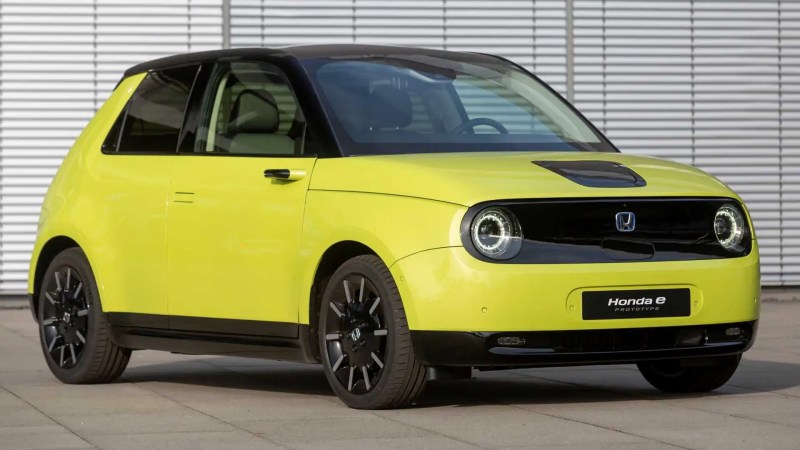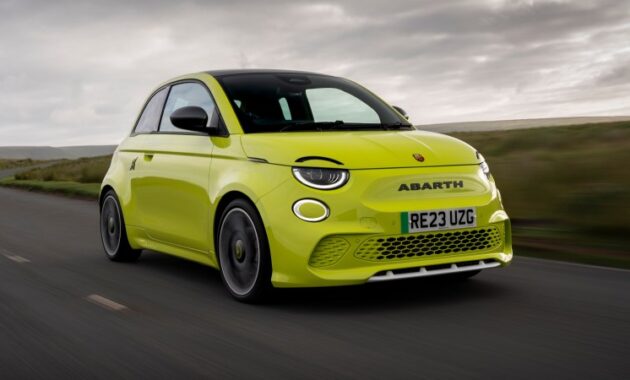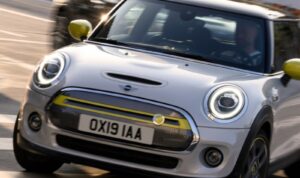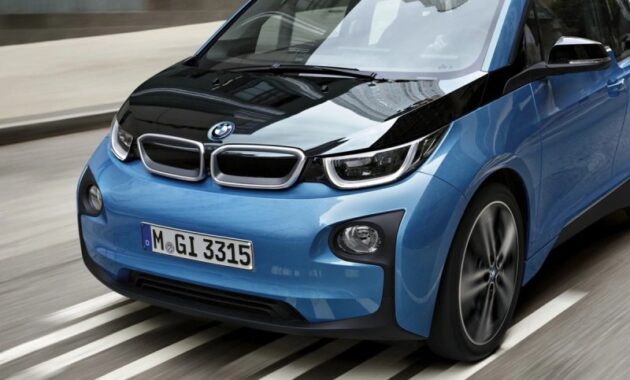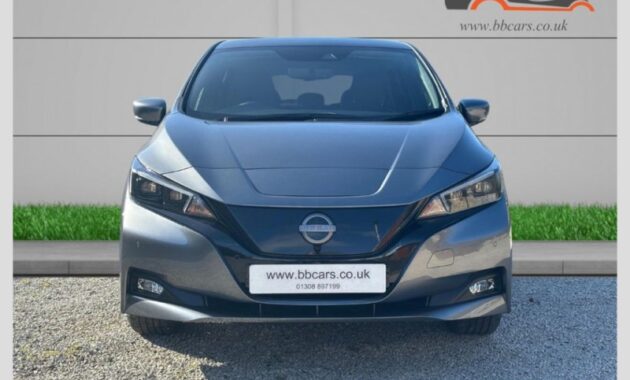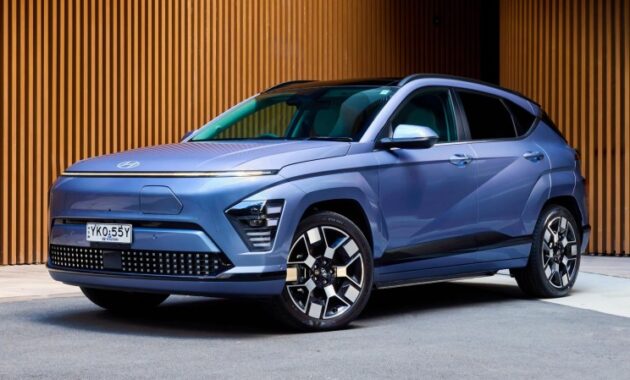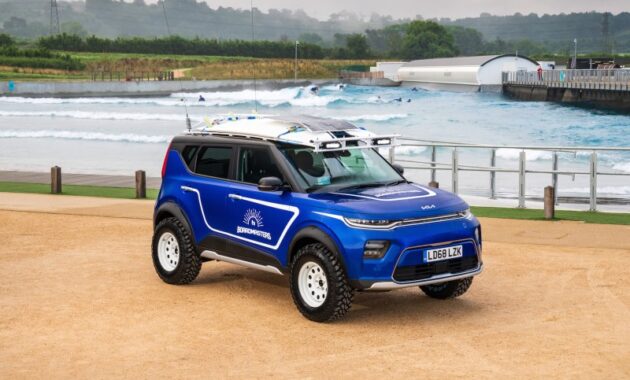Honda E – 2020 Honda E | UK review A lot has changed since the Electronica was launched in January, but Honda’s new EV is as exciting as ever.
Perhaps more than any other electric vehicle, range is an undeniable factor with the Honda E. So much so that its full charge is indicated in the e-mail when it is maxed out; If you don’t drive and the charge runs out, you, the journalist, will have a recovery account. This is understandable, if unusual for the usual mail reading to find out when lunch is. But it turned out to be a particularly frustrating prospect for navigation, which did a pretty good job of steering the car off course. In any other car, you’ll have enough distance to fill it up or worry about detours. But when a car shows 100 miles on a full charge, it’s hard to be sure when you’ve accidentally gone the wrong way…
Honda E

Now, there are plenty of good points to discuss around the Honda E, which we’ll get to, but we can’t address the range and charging issues. Because yes, its ideas of being a city car are suitable for city driving, installing a smaller, lighter battery to make a smaller car, and promoting new charging solutions. But the reality is that very few urbanites have access to driveways (for the Honda Power Charger, which offers four hours of charging capacity), and there are still utility alternatives with lamppost charging points that can be charged at the local rate. restrictions. A rollout is underway (and there are thousands in London), but none between Luton and Liverpool at the moment. If the e had to be charged via the three-pin plug, the 35.5kWh battery would have had to wait 18 hours for a full charge.
Honda E Review
So E feels a bit compromised from the start; Those after an urban EV can look at the SEAT Mii for two thirds of the price, while anyone looking for something smaller but with less range should look at the e-208, which offers a WLTP range of around 100 miles. Honda at 217 miles.
You knew the “but” was coming, right? One of the key characteristics that facts and figures ignore is perhaps the most decisive factor when it comes to buying a new car: desire. Desire is a factor. charm, charm, charm; Whatever you want to call it, the Honda e does it better, perhaps in a way that no worthy competitor does. Don’t underestimate the appeal of subjective preference; Just look at the success of the Mini and the Fiat 500 as proof.
The loft-style cabin is as attractive in the Staines sunshine as it is in the Spanish rain. Here, the EV’s architecture really comes into its own, with great looks, a roomy interior for front passengers, and the unobtrusive air that normally comes with handling superminis. It’s a place where you want to be stylish, high quality and fun, before you consider how well the technology is integrated and how good almost every material is for a Honda. Even the most cynical have many concerns.
Drive also helps. Currently available to UK buyers (and 500 are on order) is the 154 hp. The Advance model is recommended; A standard car with 136 horsepower will arrive in 2021, but is expected to account for just 20 percent of sales. As always, the power output is impressive, from rest to trickery, as Honda’s official 0-62mph time of 8.3 seconds is nimble. In very small, confined urban environments, instant performance is really exciting, as any combustion engine equivalent can be: look into the gaps and you’ll be spaced out, as if the car has teleported, aided by their clever rear end. view cameras. Because we don’t think of going anywhere before we check the mirror and signal.
The Adorable Honda E Is Dead
The rear-wheel drive powertrain feels perfectly calibrated, adding to the touch of careful and loving engineering. Both the throttle and brake in normal mode have good weight and resistance that inspires confidence in any situation, be it city runs, freeway bones or any short track like the Japanese T?ge. There’s also a single pedal control system where the e can be controlled fully on the throttle, down to zero and with no built-in shift. Its regen level can be adjusted on the steering wheel paddles (the left “low” paddle gives a higher, lower ratio like a shifter, the right “high” reduces the effect) and again works synergistically. It’s hard to imagine getting the right amount of nuance and nuance in just a few centimeters of pedaling, and here it’s done well. SPCS offers some new EV interactivity, as the paddles are used to “slow down” on a bend, add more regen to slow the car down without hitting the brakes, then push back on the exit. Next angle in preparation. It’s not much, but it shows some discount to the idea that some people want to get actively involved in the driving business.
Like the ones below. Honda probably didn’t need to install independent suspension (albeit MacPherson struts) at each corner, 50:50 weight balance or Michelin Pilot Sport 4 tires, but it did – and it pays dividends. The e handles more nimbly than it gives a 1500kg city car credit for, and rides with a certain gusto that’s surprising even on the 17-inch optional wheels. Again, its propensity is well experienced around town, slowing down and bypassing roundabouts. The swingarm gives the e the maneuverability of a dodgem, and the variable-ratio steering is accurate enough, if a tad too light. Happiness is no less limited to the city and suburbs. The Honda E has no intention of going back to a combustion-engined city car after tackling any kind of urban drive – they just can’t compete.
Did you know there’s another “but” here? While it may seem like a stretch to criticize the S-Class for its poor track show or the Huracan’s fuel economy, the e is notoriously less experienced around town. Not in terms of performance, because it accelerates very well. But at speed, asked to deal with a series of changes of direction or surface imperfections, the combination of short wheelbase and chubby curb weight starts to tell; e feel out of their comfort zone. It is very patent. Not helpless, a little messy, somehow – you guessed it – not a Mini Electric.

Have we really gone this far without mentioning the Mini? Great. The two are very close together, priced around £30k and with battery capacities only a few kWh apart, making for an interesting and desirable EV city car with limited range against less sophisticated alternatives. Away from the city, it’s impossible to avoid the conclusion that the Mini’s handling is better, the weight is lighter and the balance is more neutral. On the other hand, the Honda is fun around town. The Mini’s interior is smart, sensible and sporty, actually more driver-friendly than the Honda.
Honda E:ny1 (2023
This, conveniently, brings us to a discussion of the original compromise. Because if anything, Honda saw the Mini at its own game. The Mini of 20 years ago was more expensive than the supermini, but far less practical, offering far fewer options for its premium. Not on paper, but car buying decisions aren’t (or shouldn’t be) made on paper. The Mini was great, and people flocked to its beautiful styling and personalization options – it was a small car like no other, and people really paid a premium because they really wanted it. No one really wants a Yaris (or anything less than 250 hp).
That’s exactly what the Honda E feels like. Concerns remain about its limited success, notably the Renault Sport Megane, Toyota GT86 and Lotus Elise in favor of the talents of the Golf R, Audi TT and Porsche Cayman. But such concerns are offset by the car’s inherent desirability. And it’s not just for styling: the city driving experience is second to none and the highway manners are to match. Maybe
- Fiat 500 Electric - July 22, 2024
- Infiniti Qx30 - July 22, 2024
- Peugeot 208 2025 - July 21, 2024

